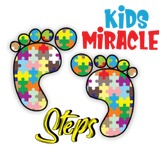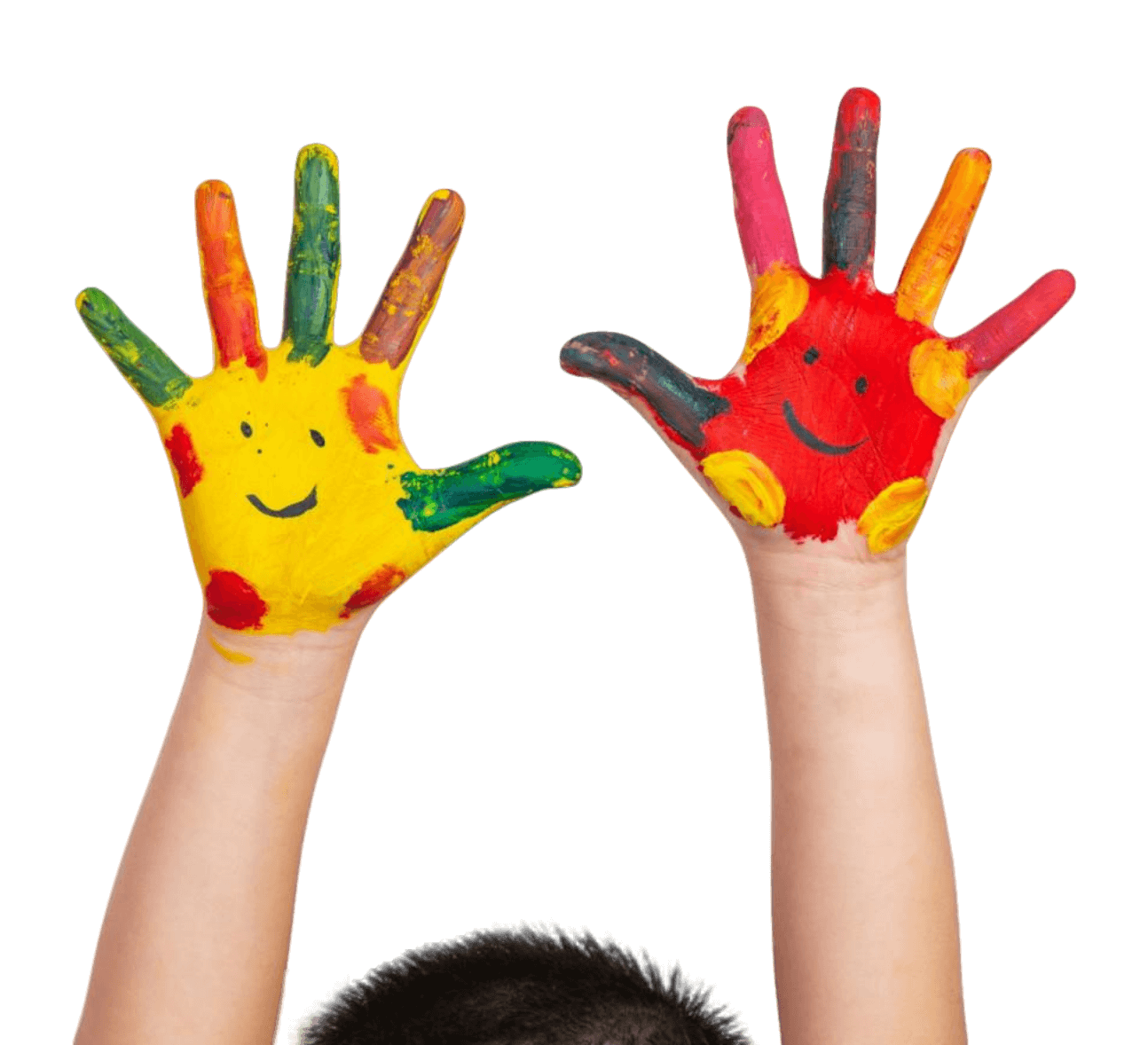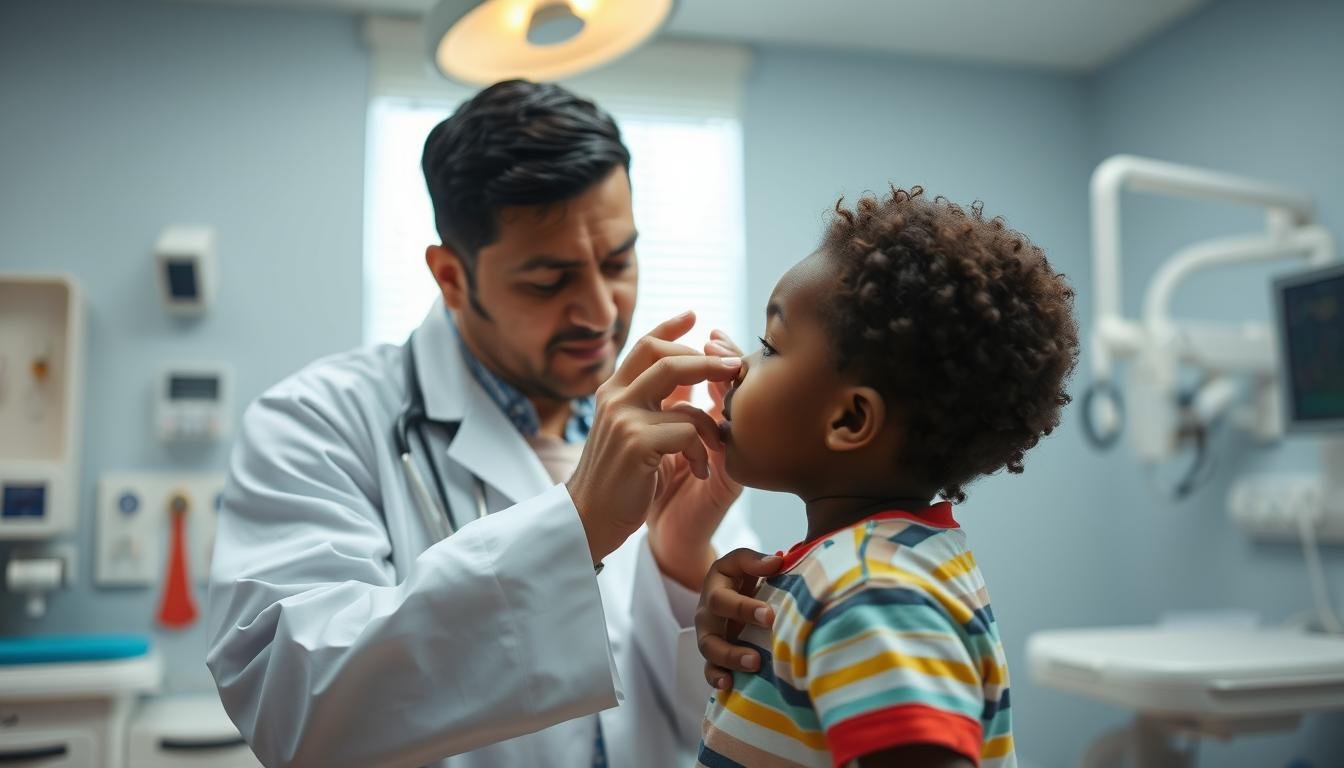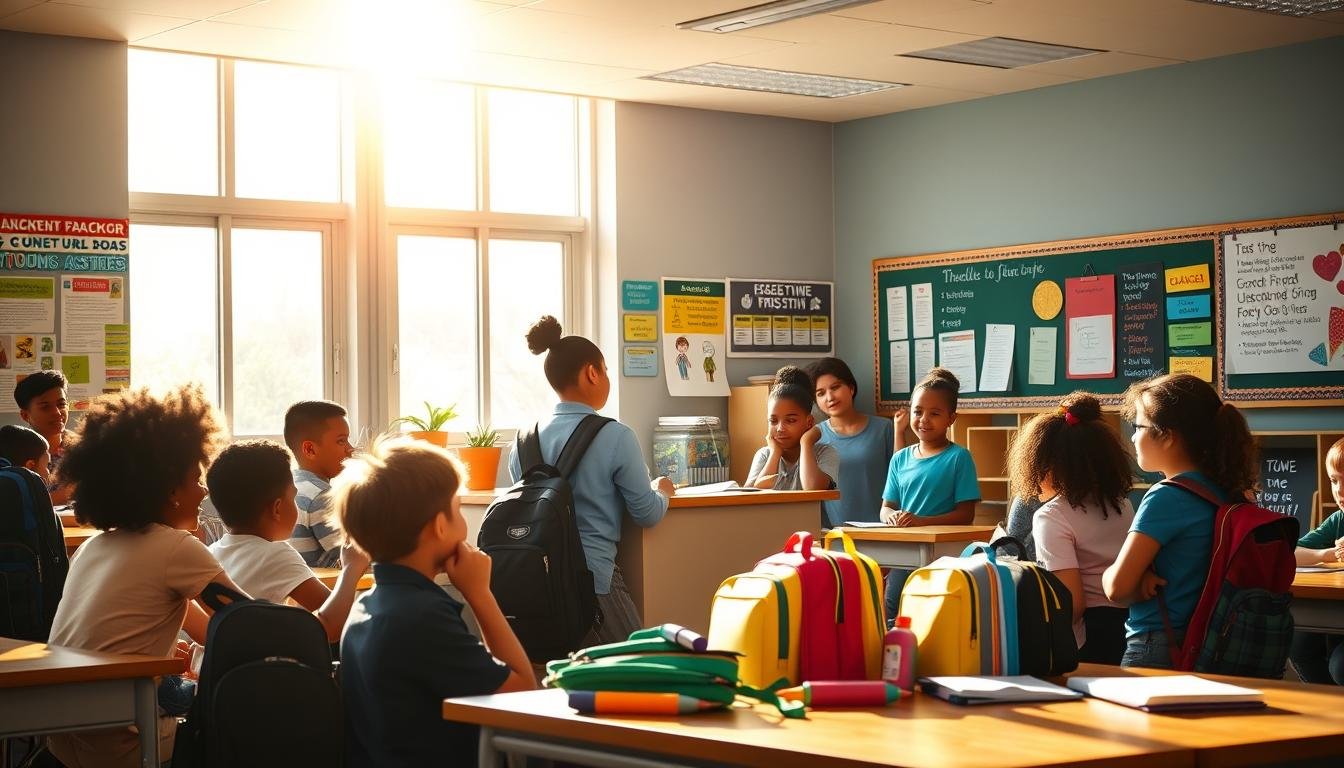As parents and caregivers, your focus on your child’s needs is key, especially with special requirements. Have you thought how to track upper limb movements as a way to check on their respiratory health? Sometimes, the simplest actions can tell us a lot. Arm movements can hint at things like possible respiratory flare-ups.
By monitoring limb activity, we learn a lot about our loved ones’ health. Every action, from a reach to a swing, gives us clues. It helps us understand and take care of their well-being. With the right techniques, you help them stay active and independent. Plus, you protect their respiratory health. Knowing that your child’s limb movements can alert you to potential issues is empowering. It puts you in control of preventing problems before they start.
Respiratory issues often surprise us, disrupting daily routines. But what if we could use upper limb tracking to predict and prevent these issues? In this conversation, we’ll see how paying attention to small signs can lead to big steps in keeping your child happy and healthy.
Understanding the Link Between Upper Limb Movements and Respiratory Health
When we look into how our arms and shoulders move, we learn a lot about our breathing health. Things like postural distortion, rib flare, and weak abdominal muscles can make breathing issues worse. These issues often lead to a rib cage that sticks out. This is what many call rib flare.
This sign isn’t just about how it looks; it signals possible breathing troubles. For kids with special needs, showing this sign could mean they have deeper problems. These problems could be with their stomach muscles and how well they breathe.
| Postural Distortion | Rib Flare | Weak Abdominal Muscles |
|---|---|---|
| Alters natural spine alignment | Causes rib cage to protrude | Limits diaphragm motion |
| Inhibits efficient breathing | Linked with various respiratory conditions | Contributes to visible postural issues |
It’s important for parents and those who take care of kids to understand these body changes. Watching how a child’s shoulders and arms move can tell us a lot about their breathing health. By noticing signs like rib flare early on, we can manage breathing issues better. We can also help fix how they stand and breathe.
Exploring Methods to Track Upper Limb Movement
In healthcare, tracking upper limb movements is very important for lung health. Techniques like rib flare detection, posture analysis, chest expansion monitoring, and range of motion assessment help find and predict breathing problems. These methods give vital clues about a person’s respiratory health.
- Rib flare detection looks for abnormal rib movement showing breathing stress or muscle issues. Spotting these signs early through exams and imaging is key for quick treatment.
- Posture analysis examines how a person stands or sits. It checks for any posture issues that could affect breathing. Bad posture can lower lung space and change how one breathes, so checking posture regularly is important.
- Chest expansion monitoring measures chest movement during breathing. It tells how well someone can breathe and the health of their breathing muscles.
Tracking these movements helps in checking flexibility and muscle strength. This is crucial for people getting over breathing problems or surgery.
Using these methods leads to early spotting and care of breathing issues. It also improves health outcomes with customized care and rehab programs. Adding these checks into regular health visits means keeping an eye on lung health early on.
How to Track Upper Limb Movement
Our center focuses on improving respiratory health by accurately tracking upper limb movement. We blend movement tracking techniques with daily activities for those with respiratory problems. Using physical therapy, stretching exercises, and wearable technology offers a full monitoring and improvement of body mechanics.
- Physical therapy is key, providing tailored treatments that boost posture, mobility, and comfort. Therapists pick movements that specifically help the ribs and upper limbs. This corrects misalignments and strengthens muscles important for breathing.
- Stretching exercises like cat-cow, anterior tilt, and side-lying windmill are vital. They support therapy and help individuals keep flexible and mobile at home. Such exercises keep the respiratory muscles in good shape.
- Wearable technology adds value by giving ongoing feedback and data. Things like smart wristbands and pulse oximeters monitor heart rate, oxygen levels, and activity. They provide instant information that can help adjust treatment plans.
We boost our approach with movement tracking techniques from advanced device software. This ensures the activities and therapy we prescribe are working well over time.
We don’t just track; we aim to greatly enhance our patients’ respiratory health. Combining these methods helps us monitor closely and act proactively. Our goal is to strengthen every breath with precise movement and cutting-edge technology.
Significance of Early Detection of Respiratory Complications
Early detection is key in dealing with kids’ lung diseases. Spotting breathing problems early can help start the right treatment quickly. This leads to better health and less severe symptoms over time.
Starting to manage symptoms as soon as they appear is vital. It doesn’t just handle the symptoms but also stops the disease from getting worse. Early action means doctors can fine-tune care to fit what each kid needs perfectly.
| Intervention | Benefits |
|---|---|
| Early Intervention | Prevents progression of disease, reduces hospital visits |
| Respiratory Therapy | Improves lung function, enhances quality of life |
| Flare-up Management | Decreases severity of symptoms, shortens recovery time |
| Health Outcomes Improvement | Increases life expectancy, promotes overall well-being |
By using these methods, we tackle not just current breathing issues but improve long-term lung health too. This helps kids live healthier and more active lives. Together, we can make big strides in treating lung problems in kids.
The Role of Exercise in Enhancing Respiratory Health
Exercise is key in managing COPD and improving respiratory health. Activities like aerobic exercise and muscle strengthening are especially important. They help people with chronic conditions breathe easier and feel better.
Walking and biking are types of aerobic exercise that boost heart and lung function. This allows our bodies to use oxygen better. Exercises that build muscle strength help our respiratory and other muscles work better. This means we get less tired during activities.
- Aerobic Exercise: Encourages the heart and lungs to work harder, which increases the efficiency of the body’s oxygen usage.
- Muscle Strengthening: Includes exercises like lifting light weights, which enhance muscle stamina, decreasing the overall oxygen demand during movement.
Pulmonary rehabilitation exercises are great for people with COPD. They help improve daily life by mixing exercise, education, and support. This approach reduces symptoms and makes daily tasks easier.
For children with special needs, adapted exercises can be very helpful. Stronger diaphragm and respiratory muscles aid their breathing. Techniques like pursed-lip breathing make daily activities easier for them by relieving respiratory stress.
Combining aerobic and muscle-strengthening exercise under pulmonary rehabilitation’s guidance is wonderful. It promotes better breathing and overall health for people with COPD.
Integrating Smart Devices for Real-Time Monitoring
Keeping track of health is key for managing respiratory health. By using smart medical devices with RPM systems, we can watch over health data in real-time. This lets respiratory therapists monitor vital signs closely and quickly.
RPM systems are changing how we care for those with breathing challenges, especially kids with special needs. Through respiratory therapist monitoring, care gets better. Devices like pulse oximeters and smart wristbands lead this change.

These tools offer constant updates on important health stats like heart rate and oxygen levels. These stats are crucial during physical activities. What’s great is the way these devices collect data; it’s all kept private but still gives therapists a clear view of patient health.
Thanks to these technological steps forward, taking care of people with special needs is improving. RPM systems make it easier to get and use accurate health data. This means quicker help and better planning for care. This eases caregiver stress and helps children live healthier and more comfortably.
Predictive Analytics and Respiratory Health
We’re stepping into an exciting future with predictive analytics in respiratory health care. Artificial intelligence algorithms let health experts predict respiratory issues better. This technology is great for looking after patients before problems get big. It also helps kids with special needs avoid serious health troubles.
The key to this advance is the flare-up prediction. Artificial intelligence watches sleep, activity, and how well medicines are taken. It then warns doctors and caregivers about possible worsening conditions. This means they can quickly do something to make the problem smaller.
These smart tools also do a great job at exacerbation risk assessment. They check for unusual health signs that could mean trouble. This way, help can come fast and right on target. This is very important for kids who might not tell when they feel bad.
Think about the comfort of being able to predict and handle health problems early. This forward-looking way shows our dedication to every child’s health journey.
Case Studies: Success Stories in Monitoring and Intervention
Virtual pulmonary rehabilitation has become a key player in respiratory care. It’s not just changing how therapy is delivered. It’s leading to big wins for patients no matter where they are. We’re excited to show you real stories that highlight how cutting-edge health monitoring is making a difference in treating respiratory issues.
A standout story is about patients in a virtual rehabilitation program. They used remote monitoring tools. This let doctors spot issues in patients’ activity and sleep early. Knowing about these problems right away helps doctors act fast to help their patients.
- Enhanced patient engagement and adherence to prescribed health regimens
- Real-time data collection facilitated immediate adjustments to treatment plans
- Consistent support and education increased patient competence and independence
These success stories aren’t just one-off wins. They’re part of a bigger movement showing how digital care models are changing the game. Health monitoring not only keeps an eye on patients all the time. It also gives them feedback right away and adjusts care to fit their needs.
It’s important to talk about the tech behind these programs. Using RPM (Remote Patient Monitoring) in these rehab plans does more than just help in the moment. It lays the foundation for patients to manage their health better over time. This way, patients feel more in control and confident about handling their respiratory health long-term.
These stories highlight how virtual pulmonary rehabilitation and remote care tactics are full of promise. As we dive deeper into these methods, we see technology and patient care coming together. This blend is leading to even more advanced ways to watch over and improve respiratory health.
Future Technologies in Respiratory Health Monitoring
The advancements in health tech are about to change how we manage respiratory health, especially for kids with special needs. The arrival of cutting-edge respiratory monitoring systems and predictive health care tools shows a move towards personalized, proactive care. These innovations are game-changing.

We expect to see new tech that follows respiratory health in real-time and predicts problems accurately. Here’s what could be coming:
| Technology | Features | Benefits |
|---|---|---|
| Advanced Wearables | Integrated sensors for oxygen levels, respiratory rate, and muscle movement | Enables continuous monitoring, high accuracy, and early intervention possibilities |
| AI-Driven Predictive Models | Machine learning algorithms trained on vast datasets of respiratory health records | Predicts potential respiratory complications before they become acute |
| Remote Patient Monitoring (RPM) Systems | Real-time data transmission to health care providers | Facilitates immediate medical response and personalized care plans |
These improvements aim to upgrade our current systems. They will make healthcare more predictive and proactive. The goal is to make these advanced monitoring tools easy to get, afford, and use by everyone.
We’re focused on helping families with these new tools, ensuring parents and caregivers have what they need for their kids’ respiratory health. By adopting these technologies, we’re supporting a community that values health and innovation in healthcare.
Conclusion
We’ve explored how tracking upper limb movement is crucial for proactive respiratory management. This knowledge is especially important for parents and caregivers of kids with special needs. It’s not just helpful; it can be life-saving. Using smart devices and wearables helps us better understand respiratory health. This way, we can prevent health issues before they happen, keeping our loved ones safe.
At Kids Miracle Steps, we do more than just care. We offer a comprehensive approach that includes community support and specialized medical services. Our goal is to empower families. We provide them with the resources they need for health literacy and advocacy. By examining research on assistive tech, we stay ahead, making sure families have access to the latest health innovations.
Choosing this approach means you’re not only dealing with health issues after they arise. You’re effectively planning ahead. Contact Kids Miracle Steps today. Let us develop a robust plan for your child’s health. Together, we’ll pursue proactive steps to improve their life quality, both now and in the future.






